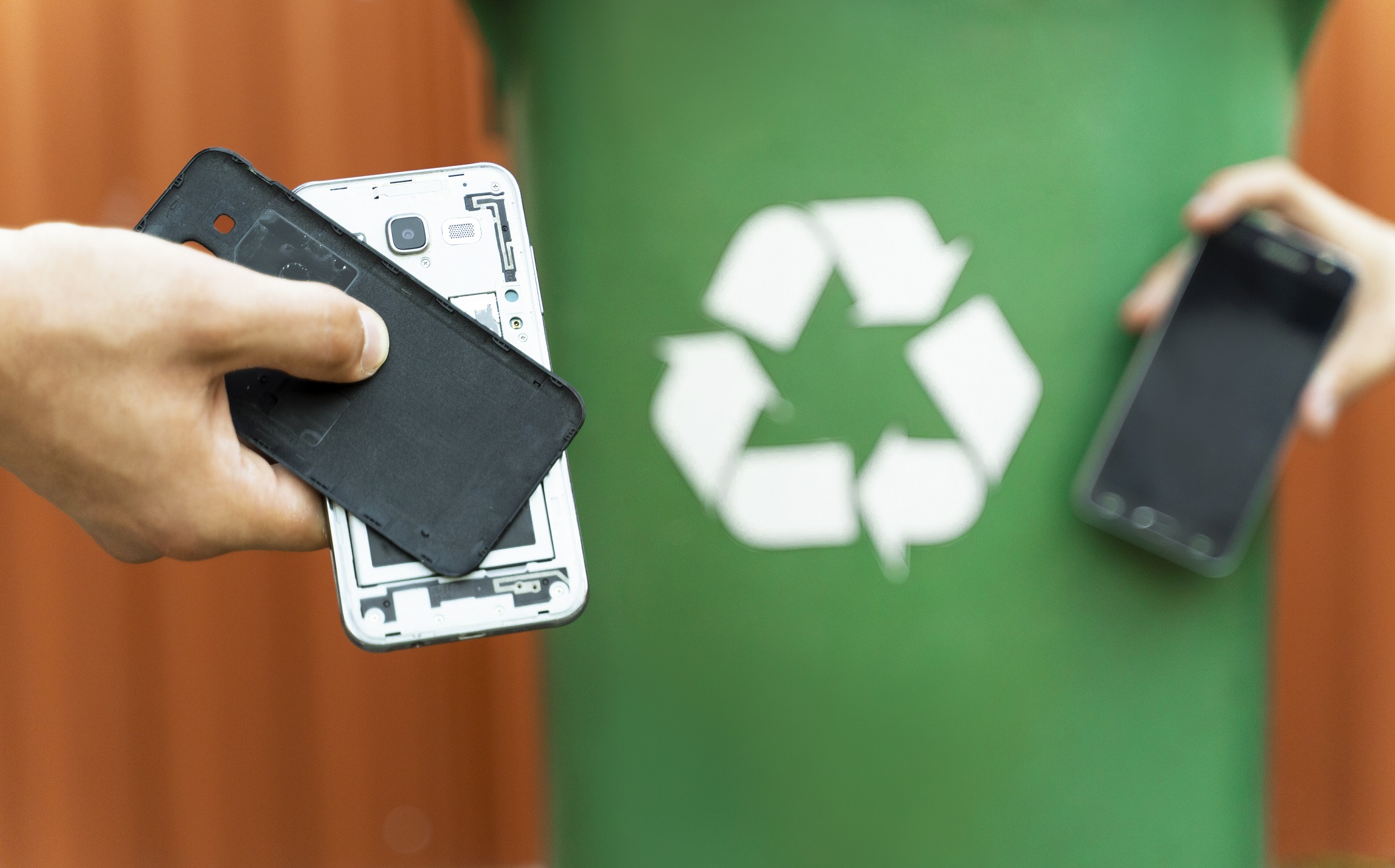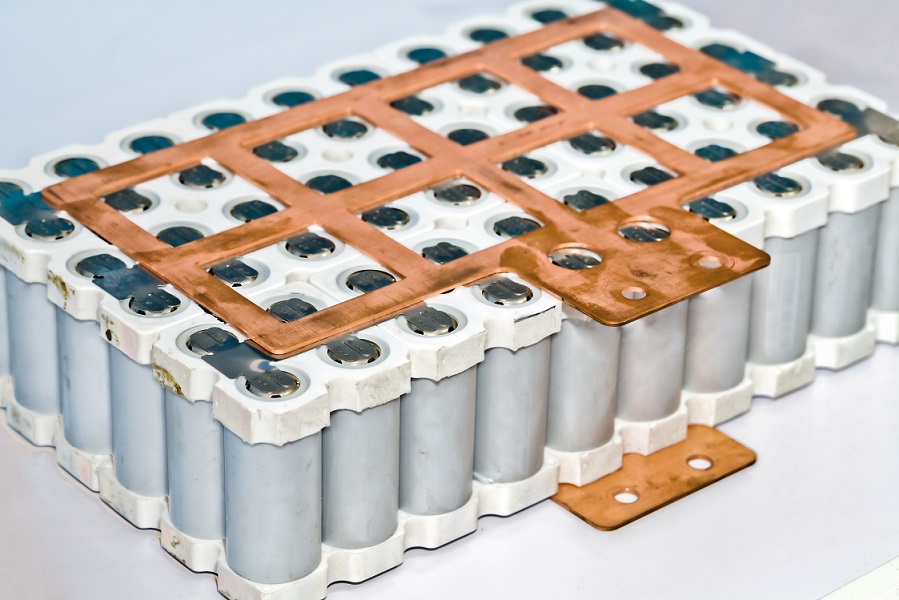CLOSE
About Elements
田中贵金属是贵金属领域的翘楚企业。
支撑社会发展的先进素材和解决方案、
创造了这些的开发故事、技术人员们的心声、以及经营理念和愿景——
Elements是以“探求贵金属的极致”为标语,
为促进实现更加美好的社会和富饶的地球未来传播洞察的网络媒体。

Precious Metal Recycling Market Is Uncertain

by MAURA KELLER
This article was originally published by American Recycler.
A year ago the idea of a global pandemic completely altering life as we knew it was pure science fiction. Added to that, global economic instability and the traditional challenges of an election year, the ability to forecast what the metals recycling marketplace would look like the great unknown.
Li-Cycle’s Sean Grixti, business development and operations, said the metals recycling marketplace looks good right now, with a strong outlook going into 2021. “This is mainly due to the increasing demand for critical metals coupled with an increasing appetite for utilizing recycled materials in industry,” Grixti said. Having said all of this, COVID-19 has caused some capacity constraints in the supply chain as a result of reduced operations at processing sites and lower collection numbers from the general public.
“The effects of the COVID-19 pandemic seem to be fairly even across the range of metals; a lot of impact is mainly due to capacity constraints from reduced operations at processing sites,” Grixti said.
Li-Cycle is a clean technology company with revolutionary technology for resource recovery of end-of-life lithium-ion batteries. Li-Cycle Technology is a closed loop, economically viable, safe and sustainable process that can recover 80 to 100 percent of all materials in lithium-ion batteries. The company is on a mission to provide sustainable and safe customer-centric solutions for end-of-lifecycle lithium ion batteries while meeting the rapidly growing demand for critical battery materials.

According to Ajay Kochhar, Li-Cycle co-founder, president and chief executive officer, the economic impact of the coronavirus pandemic on the waste and recycling industry can have a ripple effect on the supply chain for electronic components.
“Global critical materials production for the lithium-ion battery supply chain, is heavily concentrated in a handful of countries, particularly China,” Kochhar said. “In the wake of COVID-19, these centralized critical materials supply chains are already proving how vulnerable they are to geo-political problems.”
Kochhar pointed out that this global pandemic is exposing the need for local critical material supply chains, particularly during such a crucial time in the development of the electric vehicle industry and worldwide electrification.
“In regions where domestic supply is not available from primary resources, one strategy is to leverage secondary resources such as second-life batteries from end-of-life portable electronics, end-of-life industrial batteries, and electrified vehicles – both hybrid and fully electric,” Kochhar said.
According to Carl Smith, chief executive officer and president, Call2Recycle, there is no question that the commodity markets will continue to evolve. “We see the world continuing to embrace more circular economy approaches to manufacturing, relying much more heavily on recycled metals. This trend, really led by Europe, will continue to grow in the U.S., too,” Smith said. “We believe that virgin material will have increasing constraints on their use in manufacturing, further accelerating efforts for a more circular approach.”
As a program focused on battery recycling, Call2Recycle is most interested in the markets for nickel, cadmium, cobalt and lead. Over the last five years or so, cobalt has been the most sought after metal generated by batteries but even before COVID, cobalt prices have fallen as battery manufacturers seek out less expensive metals to use in battery cathodes.
“For the most part, the activity in general for all metals have softened due to the economic downturn caused by COVID. The prices haven’t crashed but the activity is clearly down,” Smith said. Call2Recycle has had the greatest challenge with the cadmium market. Not only has this been affected by COVID, but recent regulatory efforts to ban nickel-cadmium batteries in the EU have also depressed the price for cadmium.
Consumer Education & Metals Recycling
The metals recycling industry is dependent on consumers understanding how certain metals within their home and work environments can be recycled. A recent survey by TANANA Precious Metals found that the substantial majority of consumers (62 percent) said they know how to recycle their smart devices, yet only 16 percent actually do so. Consumption without recycling could disrupt the supply of smartphone materials in the long term which could lead to a shortage or delay in smart device production and availability for consumers.
Rather than recycling, the TANAKA survey found that most respondents said they either sell or exchange their old devices (40 percent) or keep them (26 percent). When it comes to the hardware of smart devices, baby boomers are the least likely to know that parts of smart devices are made from recyclable materials compared to other generations.
As part of their report, TANAKA Precious Metals stressed that his recycling gap is something manufacturers should pay close attention to. The more that precious and rare metals are consumed without recycling, the sooner the stable supply of these materials can be disrupted and potentially cause a substantial increase in material prices.
William Crockett, vice president at TANAKA said COVID has impacted the metals recycling by reducing and/or eliminating collection channels which have paused services.
“There are limited alternatives for the consumer, so the e-waste is accumulated, stockpiled and forgotten,” Crockett said. COVID aside, Crockett said metals recycling and the e-waste market looks promising as new opportunities and “cleaner” process technology have been introduced.
“5G will introduce new growth areas, however as e-waste is taking over the world, toxicity will be an area to address,” Crockett said.
Currently TANAKA receives material from “urban” mines in which some of the precious metals are recovered and refined. “We use some of the recovered precious metals to remanufacture products.” An example of this, TANAKA recovers scrap mufflers from automobiles (urban mines), and refines them using a safe and environmentally friendly system that provides a high return ratio. This solid material can be used to produce sputtering targets, IC package test pins and various thick film paste/epoxies which are all used to manufacture new electronics.
“TANAKA Precious Metals is committed and constantly adapting, gaining trust and meeting the diverse needs of our customers around the globe,”Crockett said. “The challenge of the future is to continue to offer ‘total solutions’ for our diverse customer base and to remain efficient and operate in a rapid manner.”
What the Future Holds
Grixti believes that metals recycling will play a pivotal role in raw materials supply chains going into the future. “There is currently an ever-increasing push to create local supply chains for raw materials to decrease the dependence on global trade,” he said. “There is also growing pressure to increase the sustainability of our supply chains. Metals recycling is something that contributes to both these efforts.”
One area that COVID has particularly affected is the collection of materials for recycling. Additionally, the collection methods for certain materials will need to change. For example, a lot of batteries and e-waste are– or were –collected through drop-off bins at office buildings and workplaces. “With everyone working from home these days, these collection methods have not recently been as effective,” Grixti said. This collection issue may persist into the post-COVID world as many companies are ditching their office spaces for 100 percent remote work.
While we would ideally like to see open free markets be the catalyst for recycling, Smith doesn’t think that they will be sufficient to spur significant improvements in metals recycling.
It’s going to require leadership from the government, particularly the federal government, to spur the types of changes that are necessary,” Smith said. “This will be particularly true to help markets recover post-COVID. Leadership must include some financial stimulus along with a clearer path on how these markets need to change over time.”
![]()







